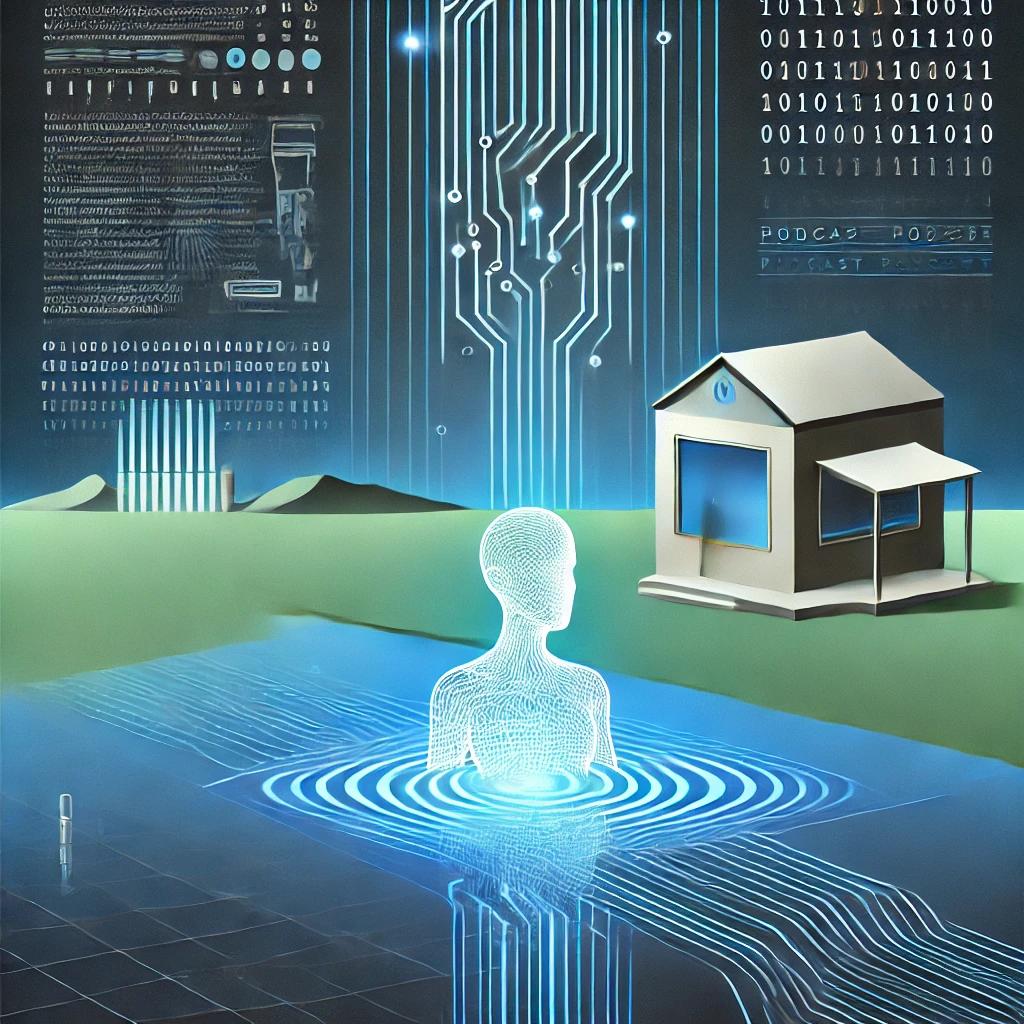Current AI is like a 12-year-old colleague

Is a window frame as useful as a pendant lampshade? A silly question, you might think: lamps are no good for closing off openings in walls so that light can pass through, and window frames are rather useless as decorative elements.
My point is that in many cases both are based on exactly the same technology (die-cast aluminium), which is used to create completely different products for different purposes. Only the purpose makes the product meaningful or pointless, the technology remains entirely in the background and is both unknown and irrelevant to most end users.
However, when it comes to software, these principles are often no longer applied. Both the "cloud", which was suddenly supposed to be a saviour detached from all purposes, as well as "blockchain" and "artificial intelligence" are technologies in search of a use case. The new twist is that ChatGPT is a non-specific tool that is not tied to an application and makes this technology directly accessible to almost everyone.
But that's just it: ChatGPT exposes the "raw technology" directly to the end user. This is why the latter now needs to be trained: In formulating prompts, recognising hallucinations, etc.
That's OK for a "toy", but not for something that is to gain real significance in business processes. Here, the rule still applies: The technology must be embedded in the process and adapted to the process and not float next to it unconnected. This also applies to large language models - although their "humanity" gives the impression that they can be treated like a colleague rather than a tool. But how many business areas benefit from a colleague with the intellectual capacity of a twelve-year-old?
To be truly useful in a business context, a technology must be customised and integrated for a specific task. A ballpoint pen is a marvellous tool. You can write a whole novel with it, but a special programme like "Scrivener" is much better for that.
You can paint a picture with it, but most artists would prefer a pencil, a crayon or watercolours.
You can even make music with it by drumming it on the table or rhythmically clicking out the lead, but no musician would seriously consider a pen as an instrument - simply because it is not suited to the purpose.
There is still a gold-rush atmosphere in generative AI: ChatGPT can now generate images, write essays and analyse tables. Next year, it may also be able to make music and automatically populate a podcast. But that still doesn't make it an integrated and customised tool.
Back to the ballpoint pen: does it get better when it gets bigger or when it contains more leads? To a certain extent, yes: if it contains more colours, I can draw better pictures, but it is still not a paint box and in no way can I write a better novel with it. And once it is big enough, I can also use it as a pastry roller, but then it is no longer suitable for its original purpose. This is exactly what is happening with these models: More functions, more parameters, more training data - maybe something completely new will emerge in the end?
It is neither certain nor even likely that the intensification of current approaches will really solve any fundamental problems with generative models (hallucinations! speed!). Let alone that "Artificial General Intelligence" will emerge at some point.
It would be much more important to let the hype subside a little and - as with other technologies - look at the business process: Which processes can I make better, faster, more scalable using (generative) AI? What characteristics does the technology need to have for this? Can I guarantee these properties with current technologies?
Then it would be apparent, for example, that things are happening in the technology world that are more important than GPT-4o or Moshi: relatively unnoticed by the bubble, Google (Gemma 2) and Microsoft (Phi-3) and others are bringing out more and more small models, models that perform similarly to GPT-4 in some cases, but run on my laptop or even smartphone.
These models were often originally trained with smaller and therefore cleaner data sets. This makes them much easier to adapt to specific tasks.
In my opinion, this is the research that brings us closer to the real "grail" in this matter: Task-specific customised and therefore effective and efficient AI modules that are invisibly and smoothly integrated into the processes in which people work today and make an immense difference precisely because of this.

